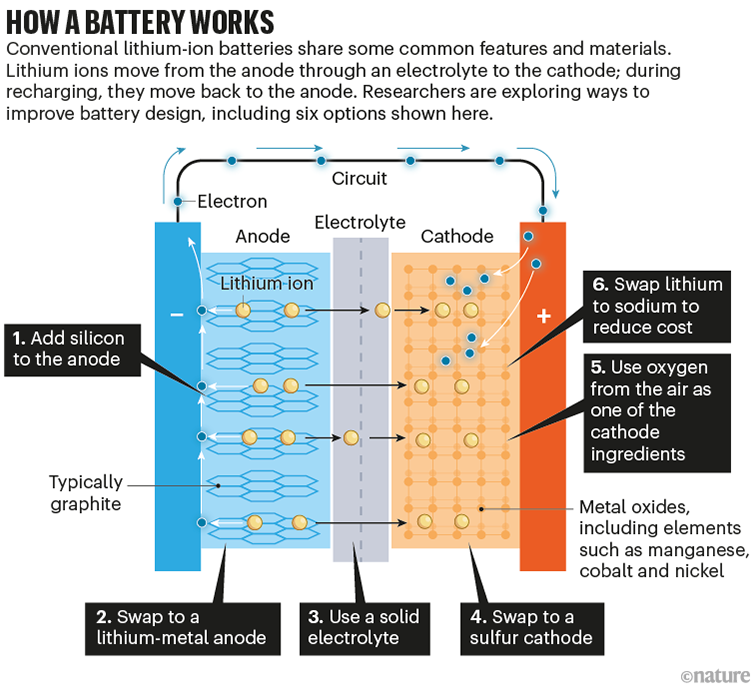Hello Nature readers, would you like to get this Briefing in your inbox free every day? Sign up here.
Striped by its rings’ shadows, Saturn (light blue; artificially coloured) looms behind its moon Mimas (grey sphere), which conceals a liquid ocean underneath its surface.Credit: NASA via Alamy
Mimas, a small moon of Saturn, turns out to have an ocean beneath its icy surface — despite looking too geologically inert to have water sloshing inside. The fact that unexceptional Mimas has an ocean means that “you could have liquid water almost anywhere”, says astronomer Valéry Lainey. And that means a greater chance of extraterrestrial life somewhere: interactions between a buried ocean and a moon’s rocky core could generate enough chemical energy to sustain living organisms.
Nature | 5 min read
Mutations that let cancer cells thrive when healthy cells would die can boost engineered immune cells’ ability to kill tumours in mice. Engineered chimeric antigen receptor (CAR) T cells are already used to treat blood cancers, but don’t seem to work well for ‘solid’ cancers, such as breast and lung tumours. Researchers screened the effect of 71 mutations found in cancerous T cells, and found that one in particular gave T cells the power to melt away mice’s tumours. “It’s a very special molecule, it seems to be able to beat all the tests we put to it,” says dermatologist and study co-author Jaehyuk Choi.
Nature | 5 min read
A new approach looks at authors, rather than the content of papers, to help identify journal articles that originate from ‘paper mills’ — factories for fake research. It looks for unusual patterns of co-authorship and peculiar networks of researchers, which could be a sign that authorship was paid for, rather than earned. The approach could be crucial as artificial intelligence (AI) systems make it all too easy to churn out convincing copy. “This is the kind of signal that is much more difficult to work around or outcompete by clever use of generative AI,” says Hylke Koers of the International Association of Scientific, Technical, and Medical Publishers.
Nature | 5 min read
Reference: arXiv preprint
Features & opinion

Source: Adapted from G. Harper et al. Nature 575, 75–86 (2019) and G. Offer et al. Nature 582, 485–487 (2020)
Researchers are developing new kinds of batteries that could provide cheaper, more efficient ways to power electric vehicles — and perhaps even aeroplanes. One of the biggest challenges will be finding a battery design using a resource that’s cheaper and more sustainable than the lithium most current batteries are based on. “All of the different chemistries that aren’t commercialized today have their pros and cons,” says chemical engineer Brian Cunningham. “Our job is to remove all those cons.”
Nature | 15 min read
The Moon is calling — and commercial companies and national space agencies from across the world are on their way. But four out of the eight lunar landing attempts made in the past five years have failed, showing just how tough it is to stick the landing. Nature takes a look at some key tests and challenges involved in preparing a lunar lander for its mission.
Nature | 7 min read
As the British Library and Berlin’s natural history museum have experienced in recent months, cyberattacks on knowledge institutions are increasing. A Nature editorial explores how researchers can contribute to a better understanding of such attacks — and who should pay both for better cybersecurity measures and for clearing up after a breach.
Nature | 5 min read